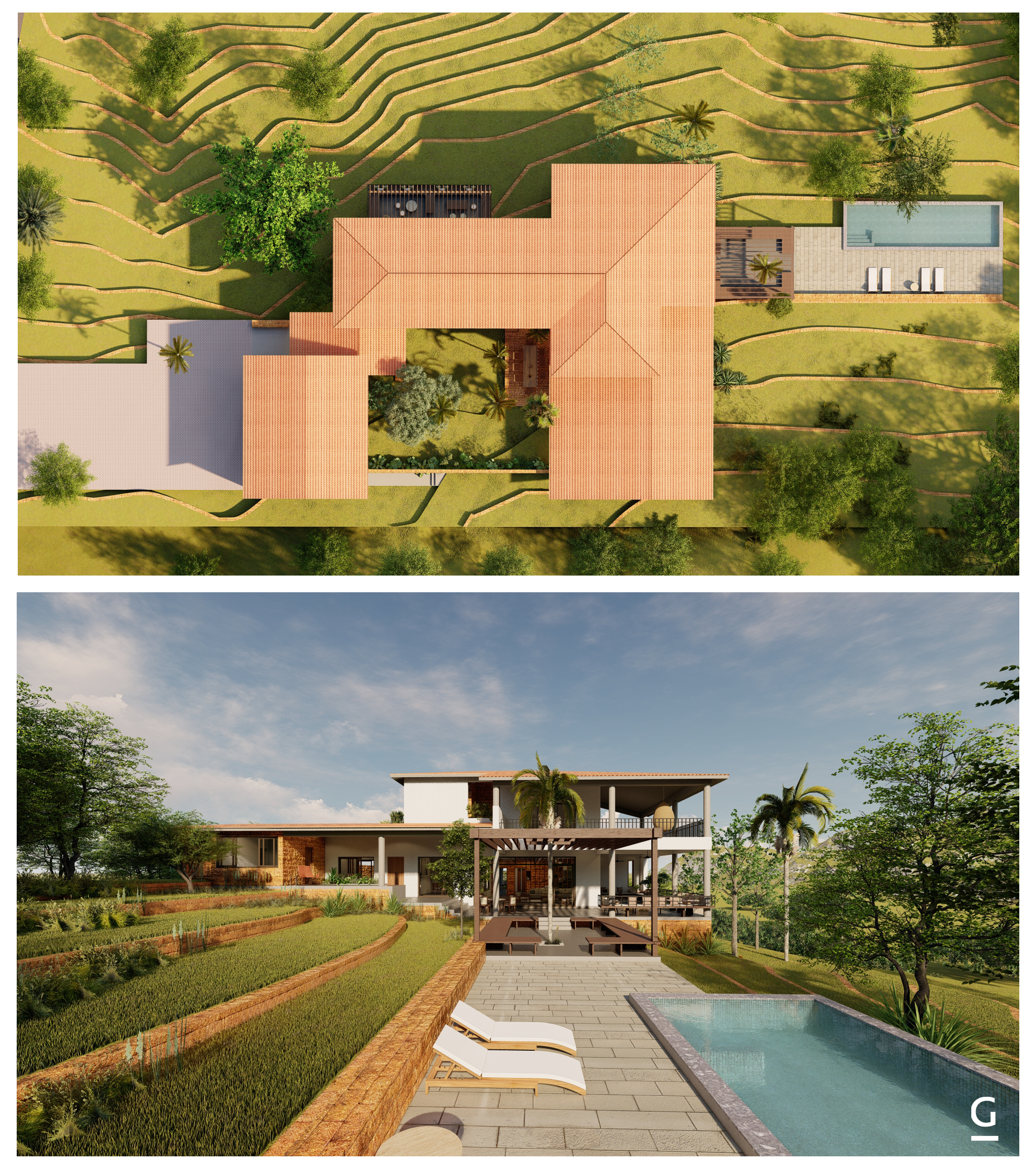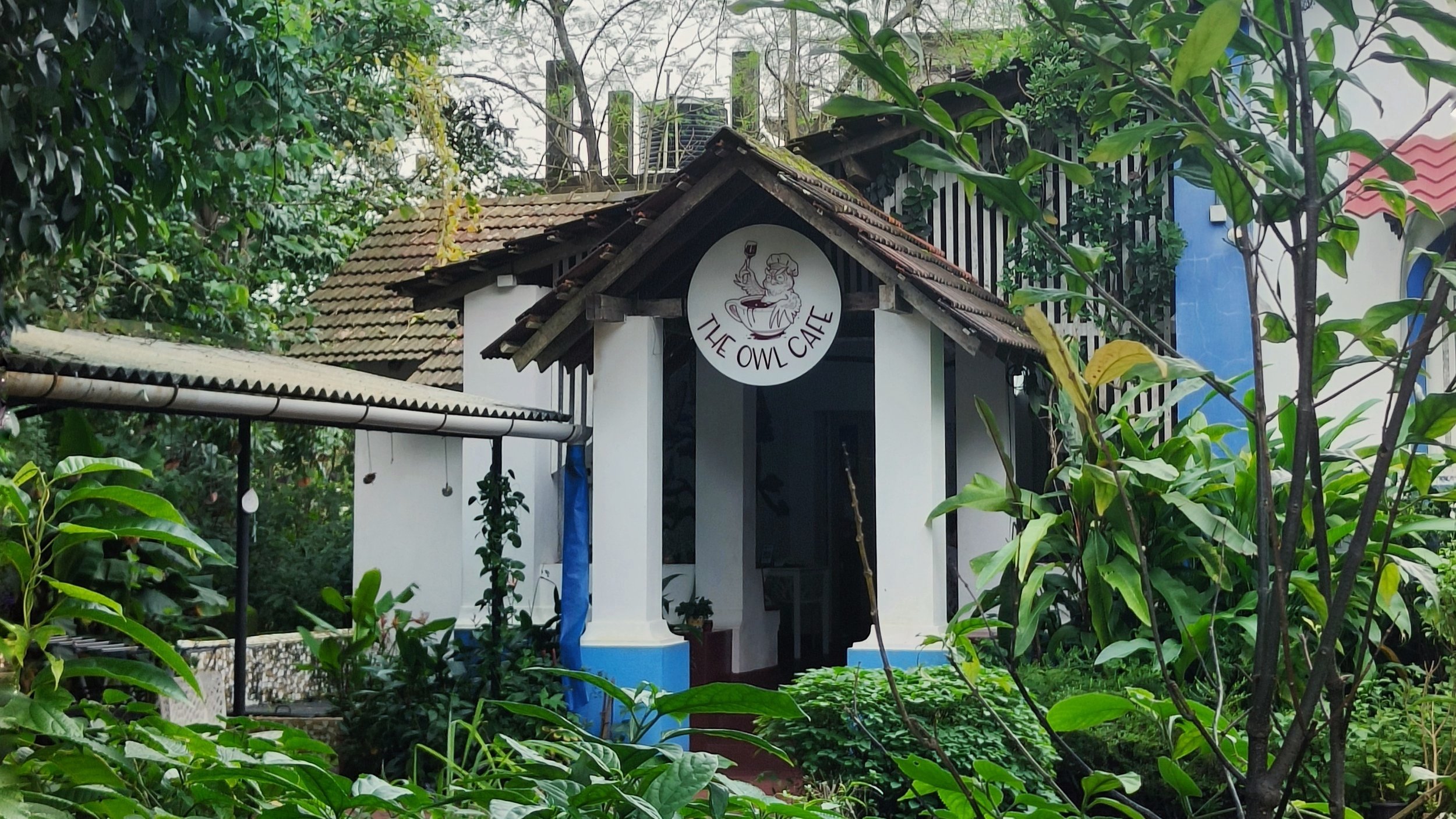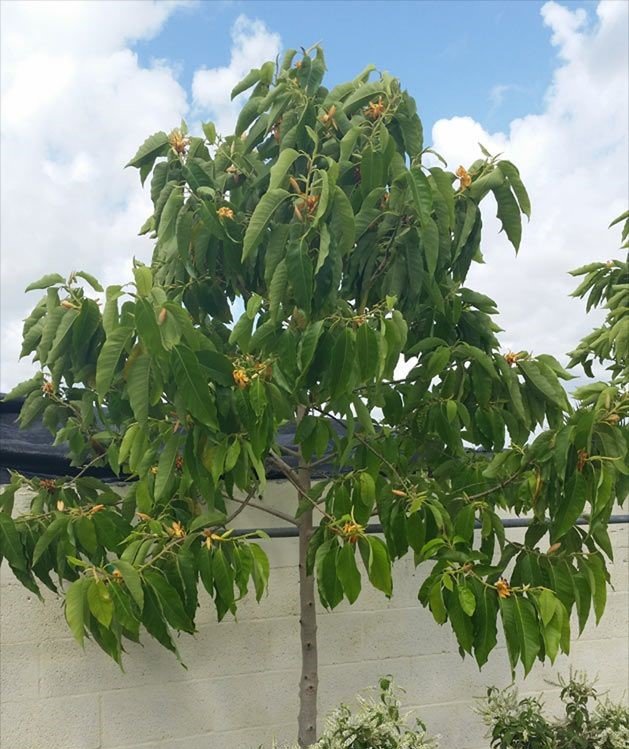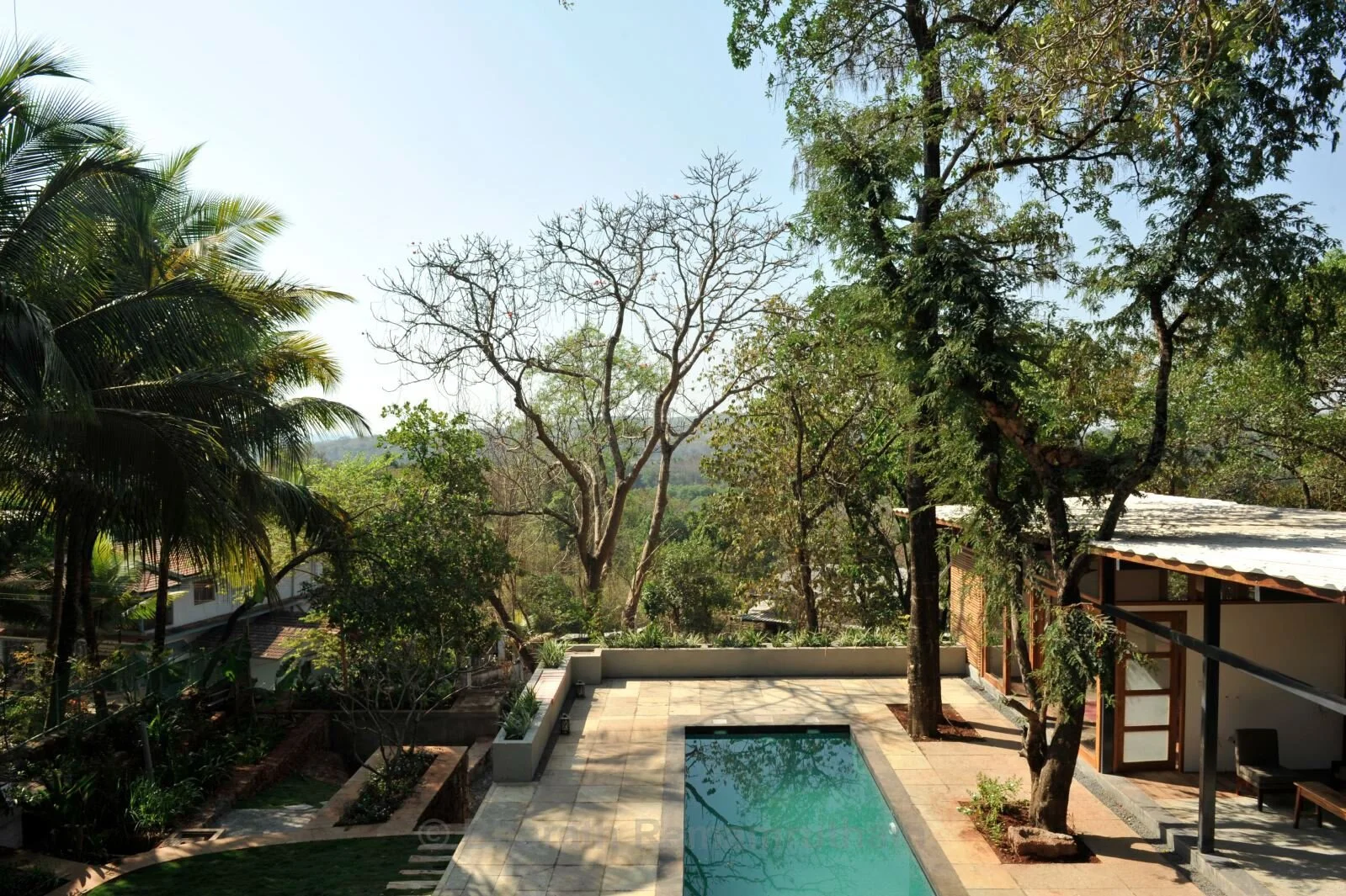We have recently started work on a small house for a lovely young family in Talpona village in Goa. The focus will be on indoor-outdoor living and creating opportunities to connect with nature. The project site is contoured and verdant, with lush trees meeting the eye every side we turn. Our vision for the project is to bring land and life together, through timeless contemporary-vernacular architecture. As we explore the relationships between space and site, we ask ourselves repeatedly,
What are the views that we can frame? How can we create open, continuous and connected spaces? How much light and breeze comes through? How can we create pockets around different natural clusters? How will each space change with time to allow for multiple experiences?






































































































